Alien – What Every Sequel Did Wrong

In 1979, director Ridley Scott and his talented crew released a seminal sci-fi horror classic that has fascinated multiple generations of fans, while introducing them to one of cinema’s most enduring and iconic monsters. Alien was a work of art that capitalized on the gritty deep space realism of 2001: A Space Odyssey, the used future aesthetic of 1977’s original Star Wars, and the classic sci-fi horror films of the 1950s.
The final product was an instant classic that updated sci-fi for the modern age, lending it a sense of authenticity that demanded respect. To this day, the original Alien is a master class in what can be accomplished via a tight script, smart budgeting, and proper casting. By the time the dust had settled, the film grossed nearly $185 million against an $11 million dollar budget.
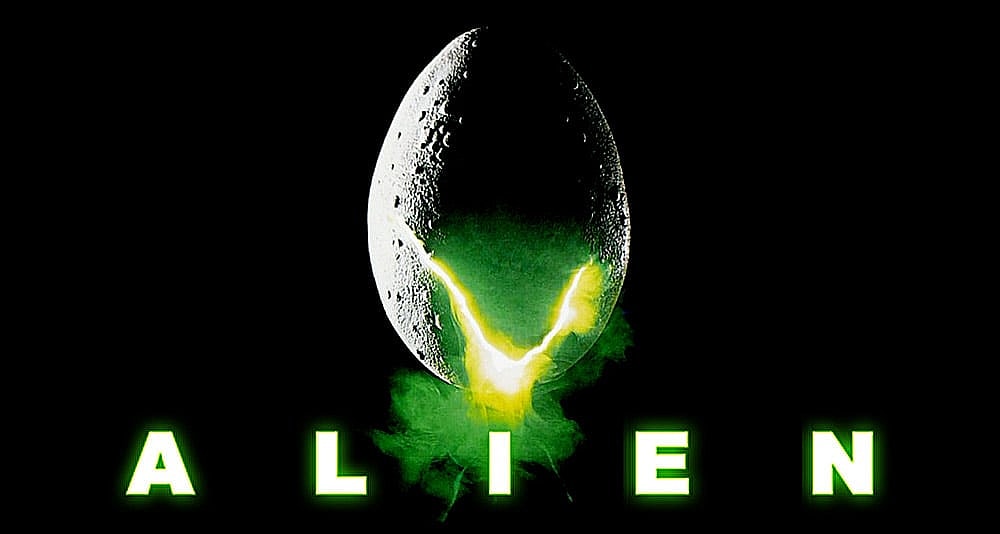
RELATED: Terminator – What Every Sequel Did Wrong
To put things into perspective, that’s just over $750 million dollars versus a $53 million dollar budget when adjusted for the modern age.
The open nature of Alien’s original ending allowed the story to continue in a myriad of different ways, and it wasn’t long before others began capitalizing on the franchise’s iconography. However, each sequel happened to stumble in one or more key areas, and the result was a franchise that began to slide into creative clichés and irrelevancy.
1) ALIENS (1986)

Hot off the success of 1984’s The Terminator, director James Cameron was quickly becoming a rising star in the Hollywood scene. His notorious attention to detail and reputation as an on-set taskmaster quickly got around. Cameron was a director with a knack for achieving his visions, regardless of who had to suffer in the process.
The proof was in the pudding, and 20th Century Fox was ready to give Cameron writing duties for a follow-up to Ridley Scott’s original Alien. After a lot of back-and-forth aggressive negotiating, Cameron eventually secured the director’s chair, and he was ready to make his movie.
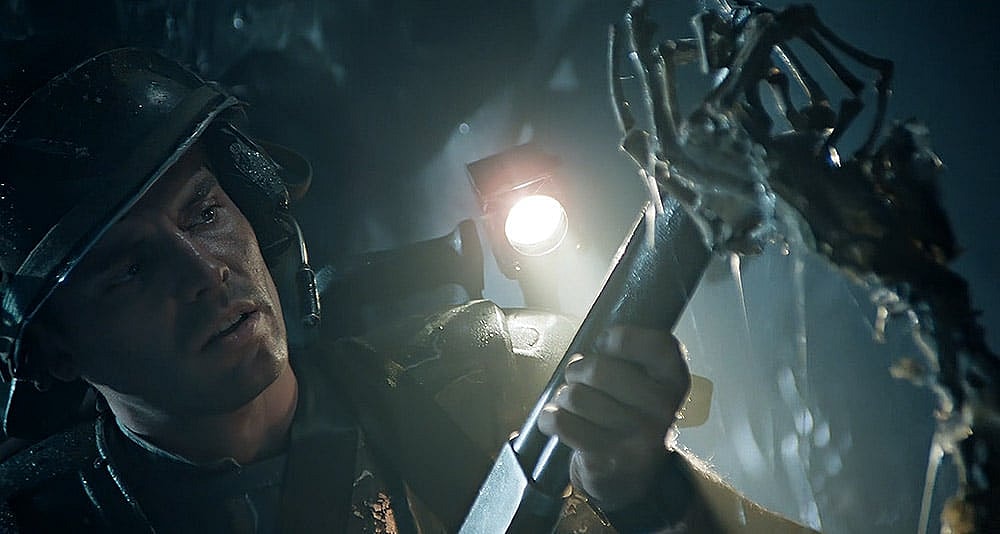
Aliens released in 1986 to huge fanfare, turning it into arguably the best film in the entire franchise. Cameron hit all the right notes by honoring Ridley Scott’s original, while simultaneously creating something entirely fresh and unique. The film felt like a natural evolution of the story, as opposed to a radical departure from the source material.
Key highlights of the film were the return of Sigourney Weaver as the heroic Ellen Ripley, as well as a clever breakdown of the xenomorph life cycle, complete with a massive Queen to contend with. The switch from sci-fi slasher formula to full-fledged combat film was an ingenious one, and Cameron managed to balance it with the terror of the original movie.
WHAT IT DID WRONG
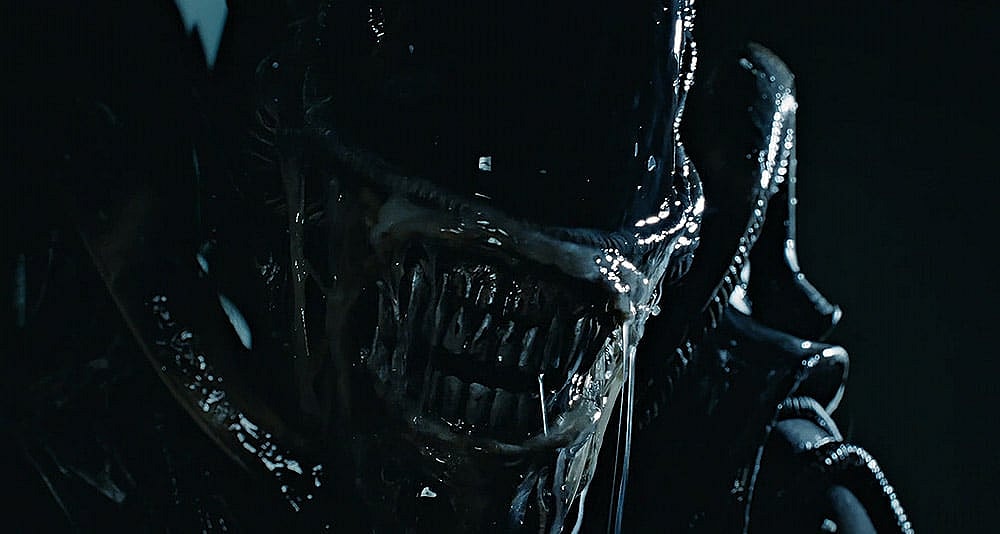
How does one find fault in a near-perfect movie? Aliens was brilliant, but it did make one key mistake – releasing the original theatrical cut. In 1986, this was somewhat understandable, as any movie beyond 120 minutes was considered excessive. Unfortunately, what ended up on the cutting room floor was pure gold, and hurt the overall experience.
It would be a few more years before the Special Edition (i.e. Director’s Cut) was released for longtime fans to enjoy. Remarkably, CBS aired Aliens on its network in 1989 with a few extra scenes intact, which is the first time many audiences got to see the cut content. Later, with the advent of DVD and Blu-Ray, Cameron’s definitive cut became widely available.

The Special Edition is arguably the only way to watch Aliens. It fleshes out the story to a greater degree, while giving time for the tension to build in the middle act. If 20th Century Fox had any hindsight whatsoever, it should have pushed for the full version of the film to be released in theaters back in ’86.
There are a few other problems with Aliens, but they are minor. For instance, no direct explanation is given as to why the Weyland-Yutani corporation didn’t bother investigating the derelict ship on LV-426 in the 57 years leading up to Ripley’s return. Nor does it attempt to explain why the warning beacon that lured the Nostromo to the planetoid in the original film is no longer operational.

In fact, it wasn’t until 2014’s Alien Isolation video game was released that an explanation was finally offered, tying up one of the most overlooked plot holes in the franchise’s history. Nevertheless, Aliens stands tall as the film upon which every other Alien sequel has been judged, and rightfully so.
2) ALIEN 3 (1992)
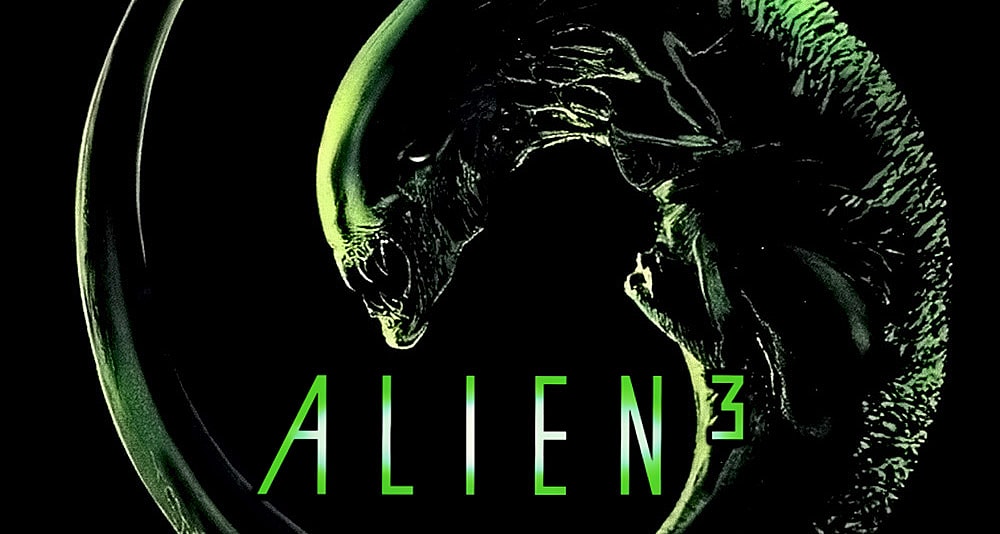
After several years of relative silence, rumors emerged that 20th Century Fox was ready to greenlight another Alien film, which was welcome news to fans of the 1986 sequel. Director David Fincher, best known for creating music videos for popular acts like Madonna, Aerosmith and George Michael, signed on to helm the film, which turned out to be a disaster from day one.
Alien 3 underwent several creative binge and purge sessions before it finally settled on a story. The film would return to its horror roots, pitting numerous humans against one single xenomorph with a killer appetite. The twist, however, is that Alien 3 was originally intended to end the story by killing off its main character.

After narrowly escaping death on LV-426, Ripley awakens on a penal colony planet to learn that her companions Newt and Hicks are dead, and her droid Bishop has been destroyed beyond repair. She quickly surmises that an alien was responsible, and the stage is set for one final climatic showdown against her terrifying foe.
For all of its failures, there’s something darkly poetic and tragically admirable about Alien 3; a film as nihilistic and depressing as its own production. Audience backlash has softened a bit over the years, but it’s done little to lift the specter of the film’s notorious presence in the Alien franchise.
WHAT IT DID WRONG

RELATED: Highlander – What Every Sequel Did Wrong
Alien 3 was a victim of massive studio interference, primarily due to the presence of David Fincher as director. Fincher had not yet solidified himself as a director-extraordinaire responsible for massive hits like Seven and Fight Club. Here, he was a relative newcomer thrust into the arduous and demanding process of directing a feature-length film with an iconic pedigree attached to it.
The results were disastrous, and everyone on the set suffered because of it. Fincher was unable to complete his vision, which directly affected the pacing, structure and plot arcs for Alien 3. The film did manage to make money at the box office, but the brand would forever be tainted.
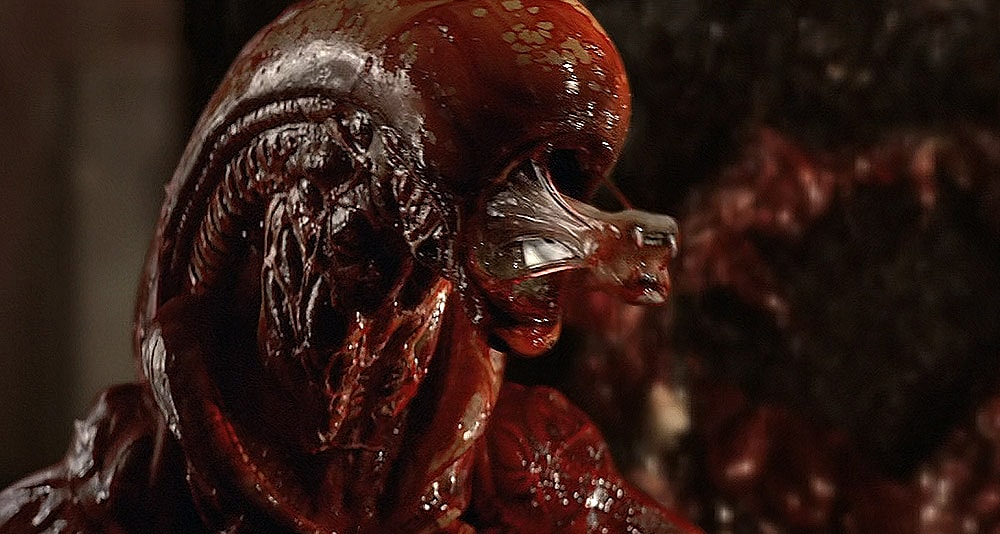
Creatively, the story made a huge mistake by killing off Newt and Hicks, two central characters who figured prominently in Ripley’s life. It showed complete disrespect for the lengths Ripley went to save Newt in Aliens, and threw a potential love interest into the trash, all for the sake of making Ripley the central character.
In hindsight, this isn’t quite as terrible as it seemed at the time. Alien 3 was a bleak film meant to show just how dangerous and lethal the xenomorph species truly was, and Ripley’s inability to escape her fate was appropriately allegorical on more than one level. Her sacrifice at the end of the film is still rather touching, even if it was meant to bookend the series for good.
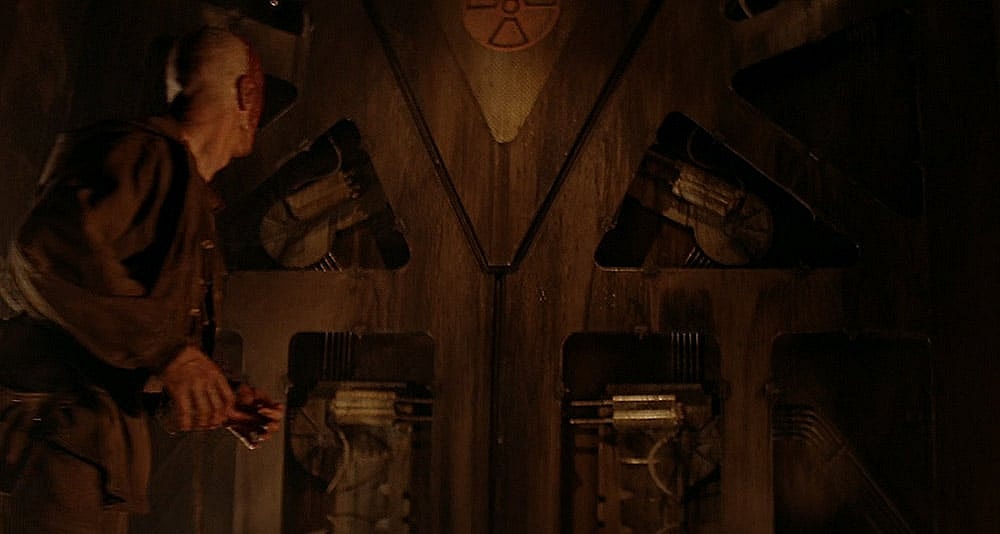
A glimpse of Fincher’s definitive vision is readily available, thanks to home media releases of Alien 3 which contain the “Assembly Cut” of the film. A painstaking restoration process was undertaken to produce a cut of the film that varies wildly from the theatrical version, turning a horrid failure into something modest and respectable.
This cut of Alien 3 is the only way to watch the film in all of its glory. Not only does it add in loads of scenes cut from the theatrical version, but it also expands the middle act with an entirely new subplot that works wonders for the narrative. Why any of this material was cut from the original film is a complete mystery, and it just goes to show the malfeasance of studio execs at 20th Century Fox at that time.
3) ALIEN RESURRECTION (1997)

After killing off its main character, it seemed incomprehensible that the Alien franchise could make a return with Ellen Ripley front and center. The decision was made to give scripting duties to Buffy the Vampire Slayer creator Joss Whedon, who cranked out a tale that took place some 200 years after the events of Alien 3.
A nefarious military unit “resurrects” Ripley via a cloning procedure with the sole intention of extracting the alien Queen embryo from her chest, so they may harvest the species. As a side effect, the cloned Ripley’s DNA merged with that of the xenomorph, creating a hybrid that had trouble deciding what side she was on.
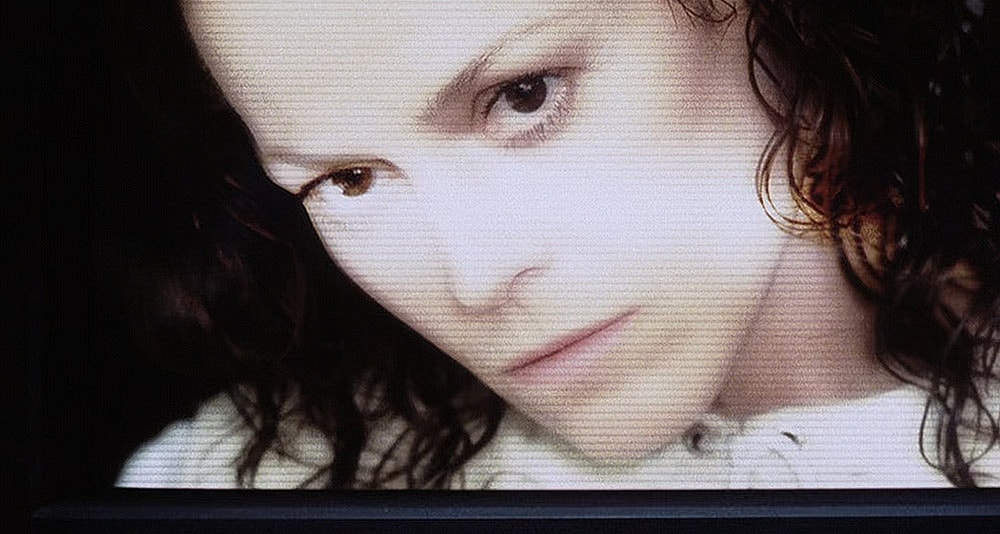
It was a novel idea – albeit far-fetched – but it did bring Ripley back into the fold with a bit of scientific fudging. This new Ripley would have to make a choice between whether to embrace her human side, or court her xenomorph relatives. On paper, it worked, but it failed spectacularly during filming.
WHAT IT DID WRONG

Alien Resurrection was placed in the hands of Jean-Pierre Jeunet, best known for his oddball films Delicatessen (1991) and The City of Lost Children (1995). From the start, it became clear that Jeunet was the wrong directorial choice, and the entire film was a marked departure from the rest of the franchise, both in feel, and look.
Ripley’s grand return as a hybrid clone was wasted on a script that quickly forced her to choose a side. Rather than portray her as an untrustworthy and frightening character, the decision was made to turn her into a one-woman anti-xeno army who expressed some mild uncertainty whilst offing her targets.

The inclusion of the half-alien/human hybrid in the final act of the film was equally preposterous, as well. The explanation is that xenomorph DNA also crossed over with human DNA, giving the Queen a womb from which to birth babies directly, as opposed to laying eggs. The hybrid is one of the lowest points of the film, and wholly unnecessary to the plot.
Jeunet’s odd camera work was mixed with silly and stupid shots of cameras roller-coasting down people’s throats, while accompanied with explosive and copious amounts of ultra-violence and gore. The Alien franchise always worked well when the horrors of being killed by a xenomorph were implied, rather than depicted.
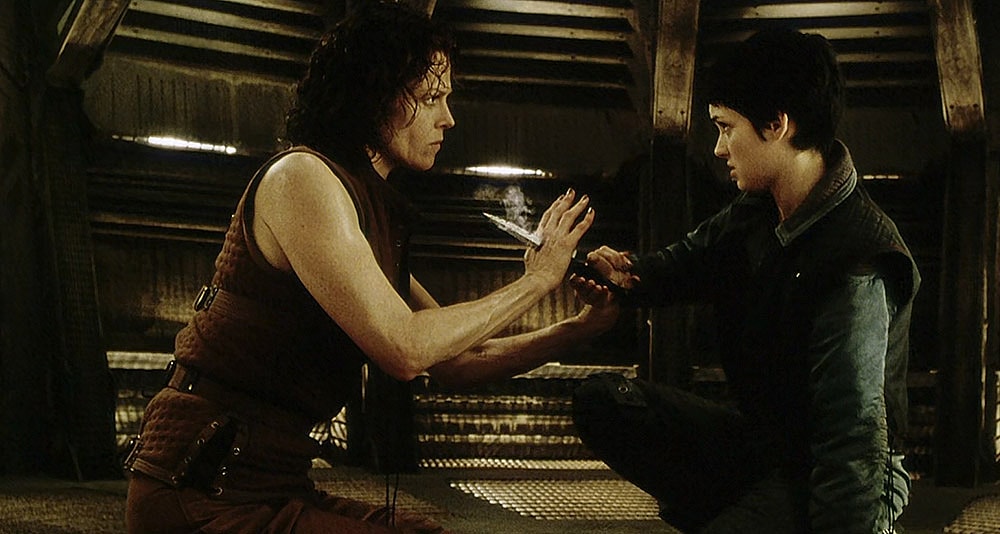
That’s not to say the chestbursting scenes in the original two films weren’t incredibly effective at shocking and terrifying the audience, but Alien Resurrection’s level of gore was pure camp. As such, it diminished the film, turning it into a comedic parody of the three films that preceded it.
And finally, the script has not aged well, nor have the performances. Winona Ryder’s performance as Call is downright cringeworthy to the point of a caricature, and she was clearly the wrong pick. None of the characters in the film feel particularly authentic or believable, and it felt like nobody was taking the script seriously enough to turn in a good performance.
4) ALIEN VS. PREDATOR (2004)
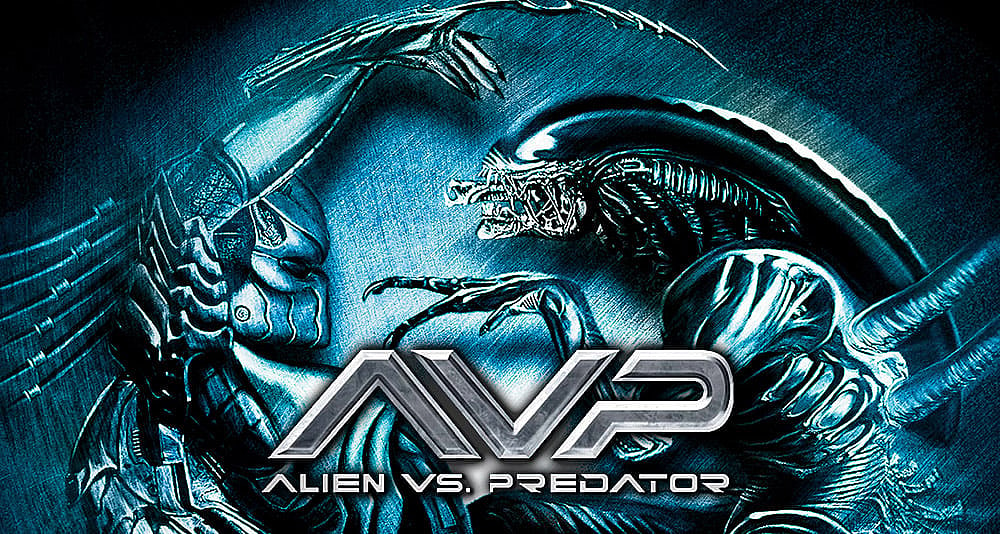
Dark Horse Comics had scored a massive hit with their Aliens vs. Predator crossover series that debuted in the late 1980s, and fan excitement to see the two monstrous titans together on screen was growing. The push was furthered by the cameo appearance of a xenomorph skull in the hold of a Yautja ship in Predator 2, which was only meant as a gag.

RELATED: Leaked Concept Art For Upcoming ‘Alien’ TV Series Gives First Look At Xenomorphs, Facehuggers
In 2004, the galaxy’s most lethal creature went up against its most dangerous hunter, and AVP was the result. Future Resident Evil director Paul W.S. Anderson helmed the film based on a script that took place in the modern age, on Earth. It was a marked departure from everything that came before, but it wouldn’t pay off quite like fans had hoped.
The decision to set the film in Antarctica in the bowels of a buried Yautja pyramid was an odd one, but kudos must be given for at least being inventive. The intention was to establish a definitive link between the Yautja and the xenomorph species, whilst simultaneously trying to explain the sudden disappearance of certain cultures throughout Earth’s history.

In the end, AVP tried its hardest to emulate the three-way battle scenario depicted in the Aliens vs. Predator video games that had emerged on the Atari Jaguar and PC platforms in the years leading up. It would also take a few creative cues from the Dark Horse comics, particularly the alliance between a human female and a Predator warrior.
WHAT IT DID WRONG
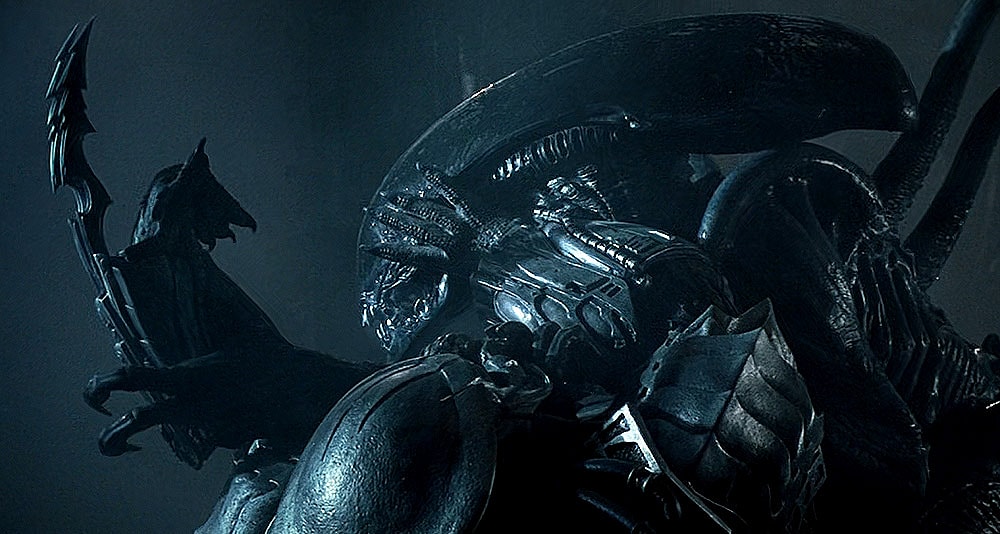
AVP was guilty of a few glaring missteps, the first of which was the decision to stick to a PG-13 rating in an effort to attract a wider audience. By robbing the film of its violence level, it diminished both xenomorph and Yautja alike, turning them into second-rate, watered down carbon copies of the original thing.
Attempts were later made to “R-rate” the film with subsequent DVD and Blu-Ray releases by adding in some CGI blood, but it was a pitiful attempt, to say the least. AVP had lofty ideas, but it hamstrung its own chances by neutering its two main extraterrestrial races.

It also attempted to establish a backstory for the infamous Weyland-Yutani corporation by introducing its founder. The man known as Charles Bishop Weyland was an obvious attempt to link back to the android character Bishop, first introduced in Aliens, but it’s a bridge too far that doesn’t really convince anyone. That character would eventually be retconned out of canon with 2012’s Prometheus.
The cinematography didn’t fare much better, either. The initial fight between a Predator and a xenomorph looked downright embarrassing; akin to two children horsing around in play suits. The action scenes were clearly meant to harken back to the comic books, which was a marked departure from what had been shown on screen in Alien and Predator movies up to that point.

In the end, AVP remained a watchable guilty pleasure, but it certainly fell far short of its parent legacy.
5) ALIENS VS PREDATOR: REQUIEM (2007)

Just a few short years after the first AVP film was released, the decision was made to greenlight a direct sequel in the form of Requiem. This movie would attempt to undo the damage wrought upon both franchises by taking the titular creatures back to their roots. In some ways, it worked, but in others, it was even more of a letdown.
The story picks up immediately after the Predalien hybrid bursts its way out of a dead Yautja’s chest, and grows to become a lethal killing machine. Their ship crash lands in the forests of Colorado, just a few miles away from a quaint little rural town where nothing bad ever happens.

What follows is a cacophony of violence and mayhem when the Predalien begins producing enbryos, creating a massive xenomorph outbreak that threatens to spill over into the rest of the United States. It’s up to the local Sheriff, an ex-con and his brother, a military vet and some kids to try and stop the outbreak, or die trying.
WHAT IT DID WRONG

RELATED: Champions Of Pop Culture #2 – Alien’s Ellen Ripley
The decision to return to an unapologetic hard-R rating was smart, but rather than temper it with restraint, The Brothers Strause directorial team decided to go for broke. The result was an ugly, bleak and nihilistic film that was more interested in selling shock and awe, rather than crafting a unique and workable story.
Second, the film was much too dark. In fact, it’s impossible to digitally alter the film by hand to lighten up many of the scenes. Believe me, I’ve tried. Night scenes are especially problematic, making Requiem’s cinematography far too difficult to keep track of.

The biggest issue is the script, flanked by cookie cutout characters that serve no real purpose other than lunch or cannon fodder for the film’s titular creatures. There’s no character development to be had, which means Requiem is relegated to stumbling its way from one rudimentary action sequence to another.
That being said, the film does deserve a lot of respect for returning back to franchise roots, right down to the classic Predator vision mode which was changed for the original AVP. Similarly, the xenos in question are the warrior variant seen in Aliens, which is a huge nod to the fans.

The story suffers because of it. Too much attention was put on trying to emulate the classics, without constructing a story that could stand on its own. AVP: Requiem is the dirtiest and most vulgar of the Alien franchise films, but it’s still worth an occasional watch to satisfy a mindless need for action movie violence.
6) PROMETHEUS (2012)

While not technically an Alien film, Prometheus is so closely connected to the original that it must be mentioned. It was Ridley Scott’s well-meaning attempt to return to the universe he helped create way back in 1979, but its release caused far more problems than it solved, and paved the way for many problems to plague the franchise.
Prometheus is both allegorical and philosophical, and it uses humanity’s connection with an ancient species known as the Engineers to try and bridge a tragic narrative. The Engineers are of the same race briefly glimpsed in the derelict ship in the original Alien film, and Prometheus finally revealed their true origins and appearance.
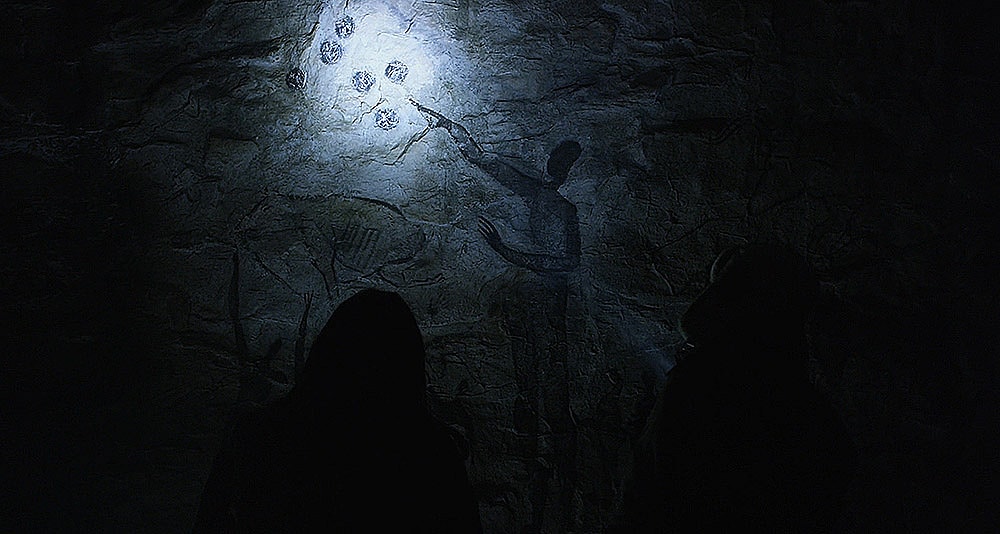
What follows is a journey of humanity searching for its lost origins, which quickly turns into a horrific nightmare when they discover that the Engineers are not what they seem. Their penchant for creating bioweapons becomes a direct threat to the crew, and once the Engineers learn of their presence, the decision is made to annihilate all of mankind.
WHAT IT DID WRONG
Prometheus committed the cardinal sin of trying to explain a mystery that should have remained one. Ridley Scott undoubtedly had high hopes for exploring the origins of the Engineer race, but the end result is a huge letdown. The Engineers themselves are little more than enhanced humans who seeded multiple worlds with their own DNA, for reasons unknown.
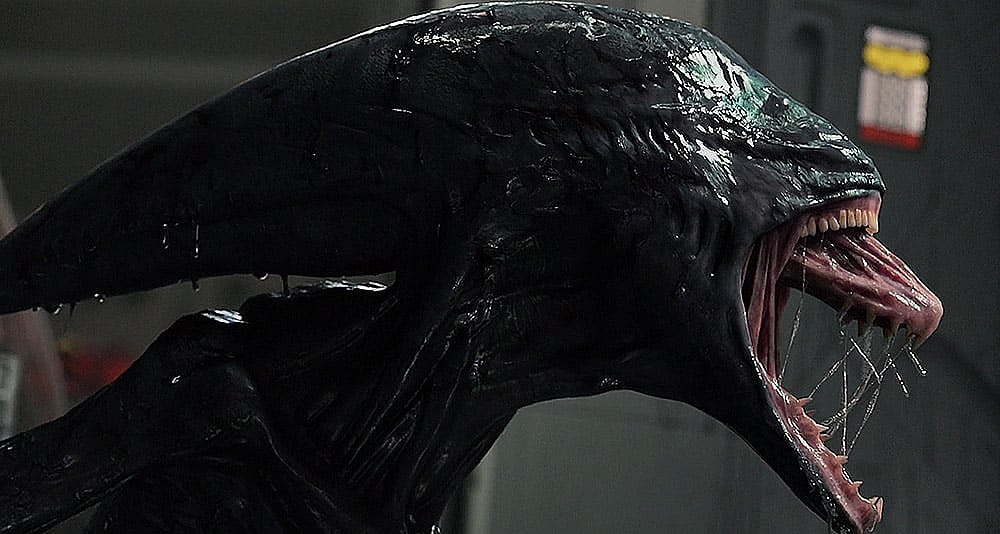
That’s a far cry from the mysterious, fossilized elephantine creature that seemed to grow out of its chair in the original Alien. That single scene was absolutely fascinating, and it should have been left to audiences to ponder just where they came from, what their intentions were, and whether they still existed in the known galaxy.
The attempt to link the Engineer’s use of hazardous bioweaponry with the xenomorph species was obvious, and deserves some points, but it would have been far better served as an Alien sequel film, rather than a prequel. By putting all of its canonized eggs in one basket, the franchise had nowhere else to go but for one cramped direction.

In the end, Prometheus was little more than a pseudo-Alien side story that ruined one of the most important extraterrestrial races in the franchise, all in favor of trying to fix what was never broken. Points should be given to the excellent visuals, creative designs and interesting characters – particularly Michael Fassbender’s performance as the android David – but that’s about it.
6) ALIEN COVENANT (2017)
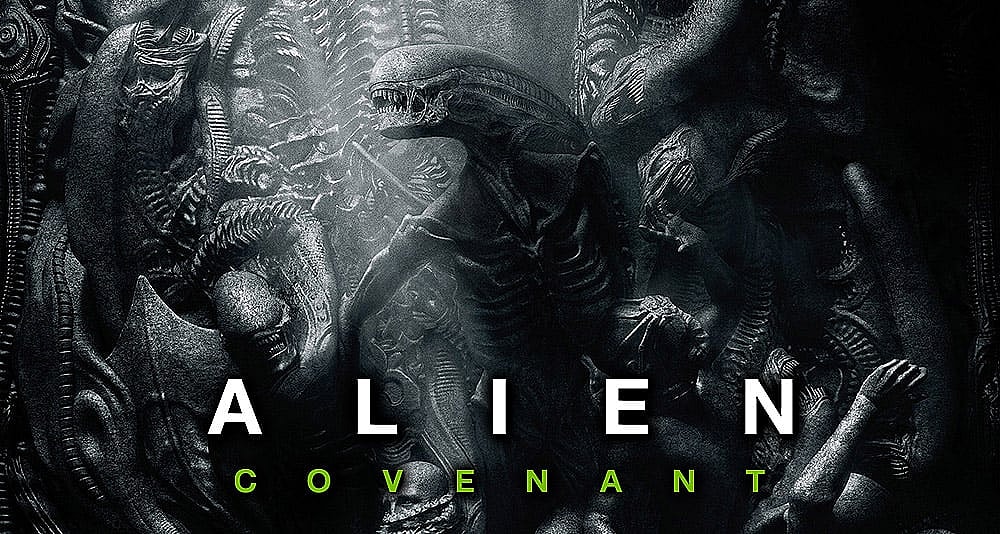
The damage wrought by Prometheus meant that Ridley Scott should have stopped right there and then. While it did ruin the Engineer race by answering questions better left unsaid, it was possible to compartmentalize the damage without it spreading further. Unfortunately, Scott was not yet done ruining the franchise he created, and Alien Covenant was the result.

Picking up a while after Prometheus, the film explored what would happen if humanity stumbled across the android known as David, who managed to get his hands on Engineer bioweapons technology. His intention was to eliminate all human and Engineer life in the galaxy, supplanting them with his personalized strain of alien creature.
WHAT IT DID WRONG
Ridley Scott took fan criticism levied against Prometheus and applied it directly to Covenant, which was both a win, and a mistake, for different reasons. The decision to finally showcase the alien creature in a prequel was a welcome one, but it was done purely because of fan backlash, instead of Scott’s own creative decision-making.
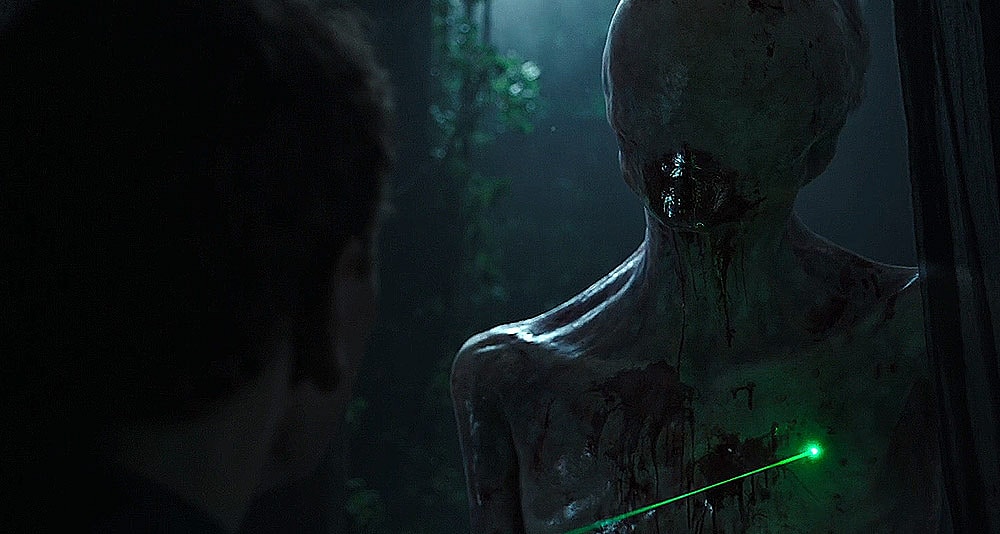
Worse, the attempt to explain the origins of the xenomorph species fell woefully short of expectations, and should never have been attempted in the first place. Just like the Engineers, Scott attempted to provide an answer for a mystery better left unsolved, and the entire franchise suffered as a result of it.
The initial concept was to slowly explore the creature’s origins by way of experimentation. First came the neomorph, a fast-moving, highly aggressive subspecies of alien, and later, the praetomorph, a predecessor to the iconic xenomorph of the Alien films. Nice idea, but Scott’s impatience created several glaring issues with the creature’s biology.
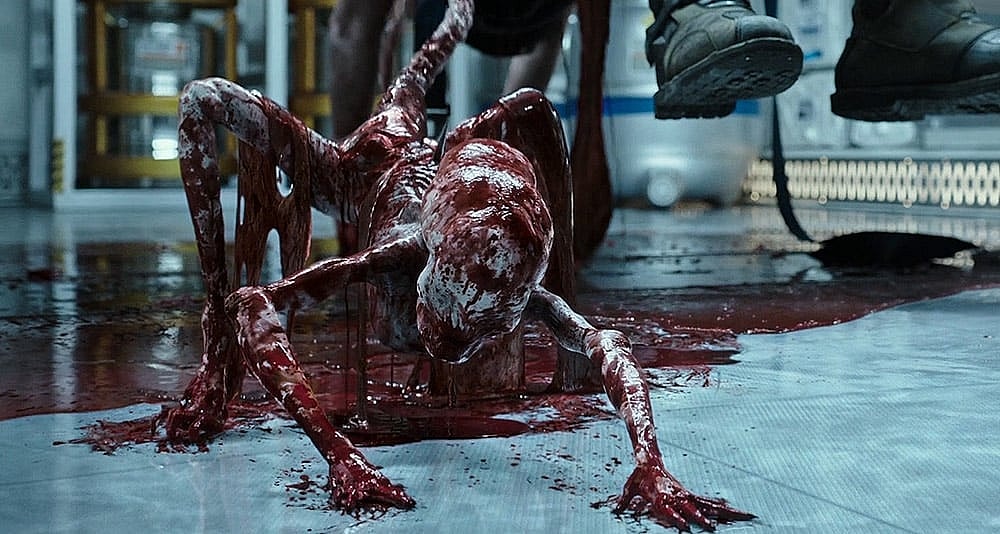
First, it became clear that neomorphs were far more effective killing machines than xenomorphs, despite lacking the latter’s intelligence quotient. From point-of-birth, the neomorph could easily attack and kill much larger targets, as opposed to the xenomorph chestburster, which was vulnerable until it grew larger.
Second, the method of infection was far more effective for neomorphs than xenos, relying on a victim inhaling the contents of small spores, as opposed to being attacked and subdued by a facehugger. As such, Alien Covenant de-fanged its own titular creature, all in favor of showcasing David’s notorious experiments.
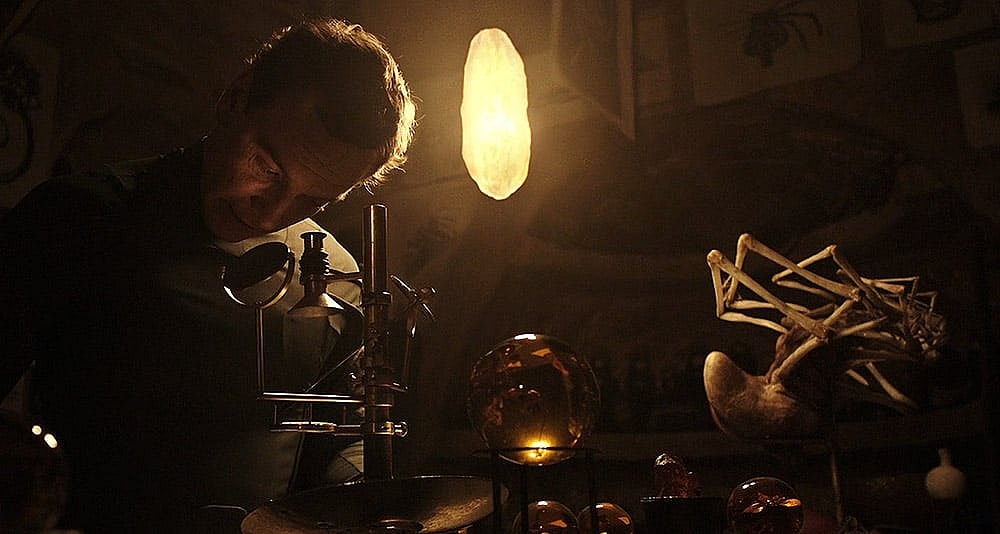
Speaking of which, it cannot be overstated just how ridiculous an idea it was to make David the architect of the xenomorph species. The entire notion is preposterous, and indicative of a writing team with a narrow vision, and a desire to explain away what should be left unsaid. Good sci-fi relies heavily on mystery, awe and intrigue to tell a good story, as opposed to lazy, convenient explanations.

Perhaps the biggest problem with Alien Covenant is the fact that it bombed at the box office, which effectively curtailed any chance of a sequel. What’s left is a cliffhanger featuring David moving to a new colony to continue his experiments, which at this point will probably never happen. The question is whether it’s better that the story die where it is, or whether it should try to at least finish its imperfect plot.
IN CONCLUSION
Ask any Alien fan what they think of the franchise as a whole, and there’s a good chance they’ll respond with “only the first and second movies count.” There’s merit to that statement, even if Alien 3 did manage to seal up Ripley’s character arc with a respectable bow. The xenomorphs themselves, however, still have a lot of stories to tell.
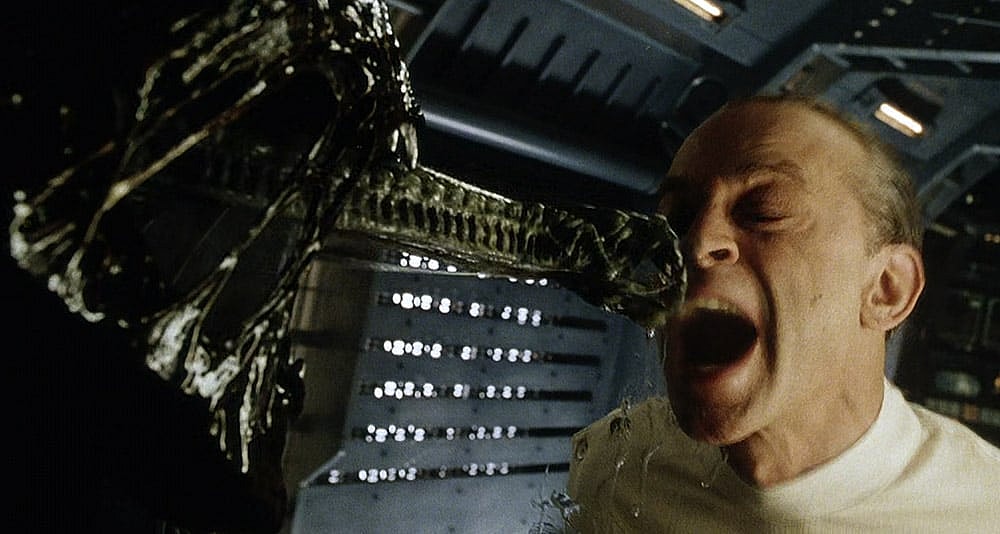
What’s followed in the wake of Aliens has been either respectable, or devastatingly bad, but there’s always room for exploration into the series lore. With a new Alien TV series in production on the FX/Hulu network, it’s clear that parent company Disney isn’t yet done with the franchise. Whether it will adapt to Ridley Scott’s full canon has yet to be revealed.
Meanwhile, fans continue to enjoy the classic Alien films, while furiously debating over the quality and longevity of the latter-day sequels. Alien reinvented sci-fi for a new age, but like any hot property, it quickly wore out its welcome with too much studio ambition, and not enough quality storytellers.

It’s doubtful Alien will ever see a reboot, but the damage done to the chronology and lore throughout the years has taken its toll. As it stands, new generations can still enjoy the thrill of being terrified to the core by a creature who knew full well that in space, no one can hear you scream.
NEXT: Predator – What Every Sequel Did Wrong
